Vairano Patenora. Collegiate Church of St. Thomas
2024
It is the only church built within the city walls ("intra moenia") and is the oldest of those that exist today in the town (13th century). It has a single nave with two side altars and a central one
You may also like
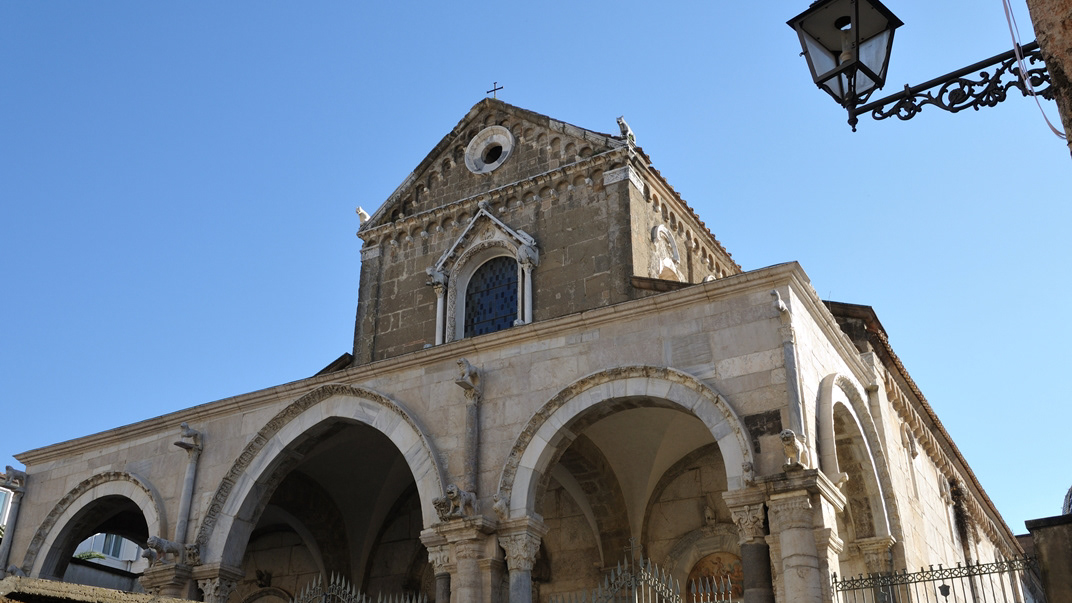
2008
Sessa Aurunca (CE), the Cathedral
Construction was begun by probable workers of the Casauriense school (see portico of the abbey of S. Clemente a Casauria built between 1176 and 1180) in 1113, partly reusing materials from ancient Roman buildings, and consecrated in 1183; the current external appearance was achieved in the first half of the thirteenth century with the addition of the portico and the large window placed in the upper part of the facade. The interior, on the other hand, having eliminated the trussed ceiling already in the thirteenth century, remained Romanesque until the mid-eighteenth century when the bishop Francesco Caracciolo d'Altamura decided to modernize it according to the tastes and style of the time, namely the Baroque. In July 1929, Pope Pius XI elevated it to the dignity of a minor basilica.
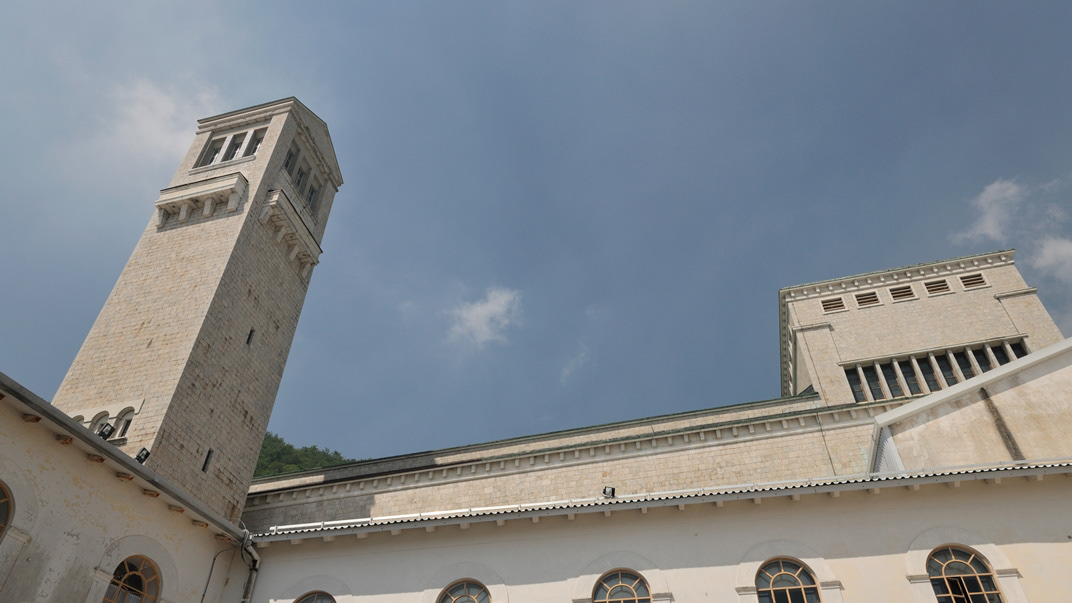
2008
The Sanctuary of Montevergine (AV)
The sanctuary of Montevergine is a Marian monastic complex of Mercogliano, located in the hamlet of Montevergine: it is a national monument. The territorial abbey of Montevergine is one of the six Italian territorial abbeys. Inside the painting of the Madonna di Montevergine is venerated and it is estimated that every year it is visited by about one and a half million pilgrims.
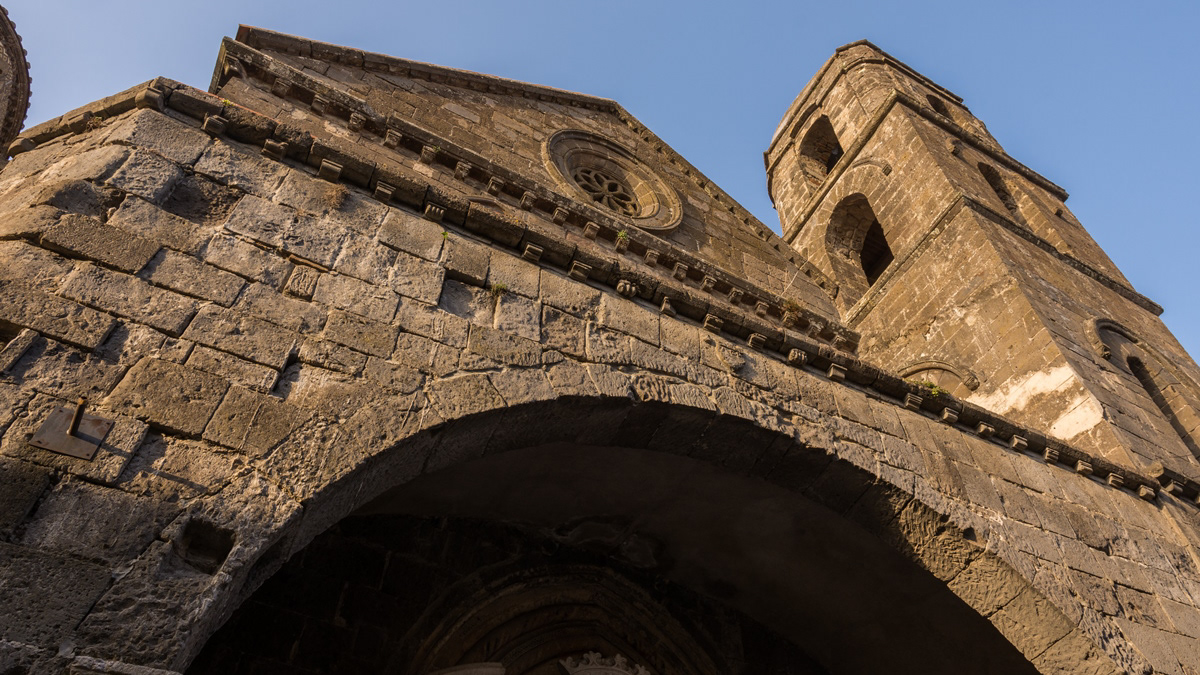
2017
Casertavecchia, church of the Annunciation
2022
Teano. Convent of Santa Reparata
It is one of the most important convents in Teano, also because inside the building there are the remains of the Saint who is the Coopatrona of Teano, as well as the patron saint of Florence.
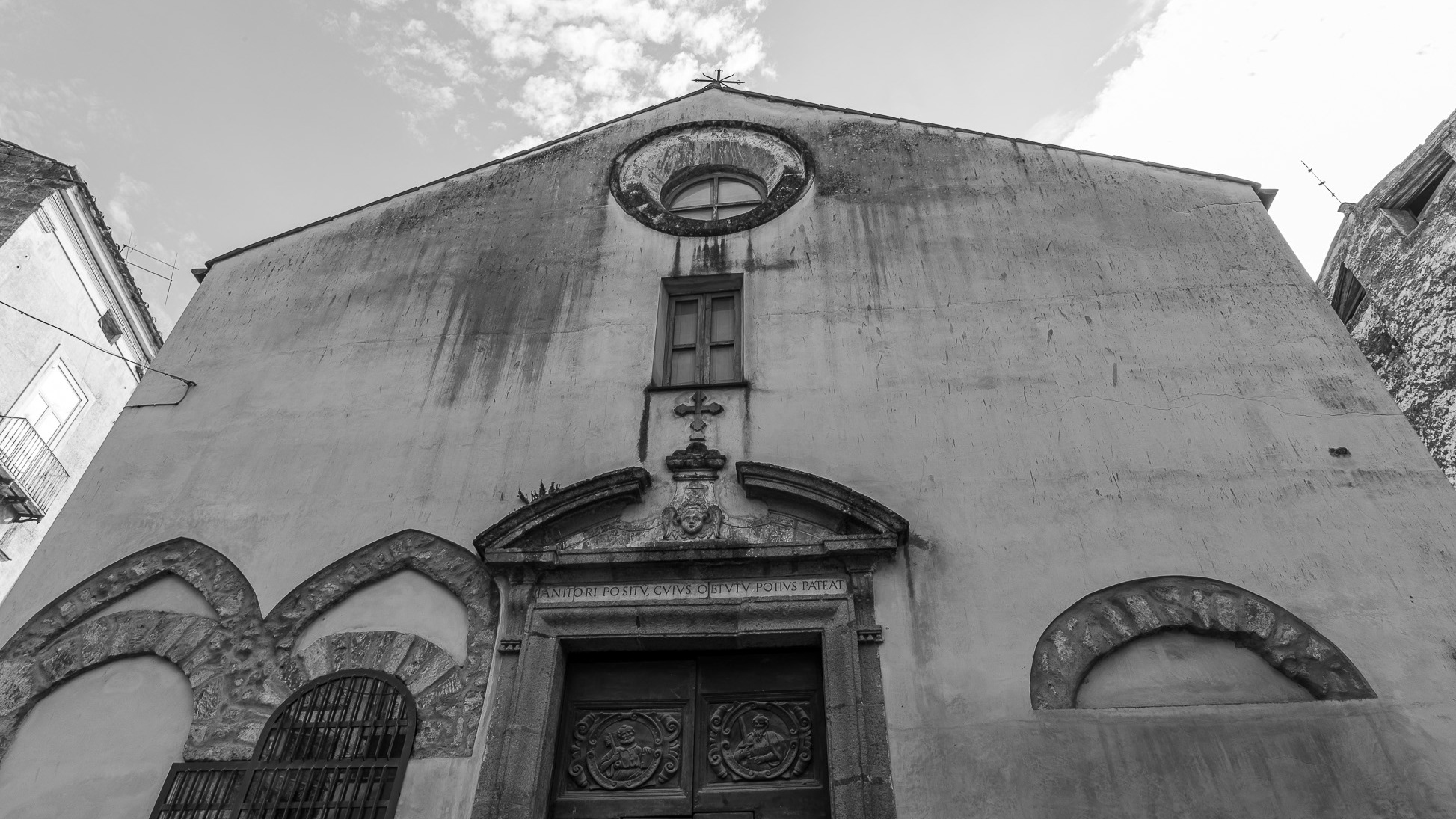
2022
Teano, Campania. The church of San Pietro in Aquariis
It would be built on the ruins of ancient Roman baths. Currently it is no longer used for worship and could be more valued for civic uses as an attractant for the entire country.
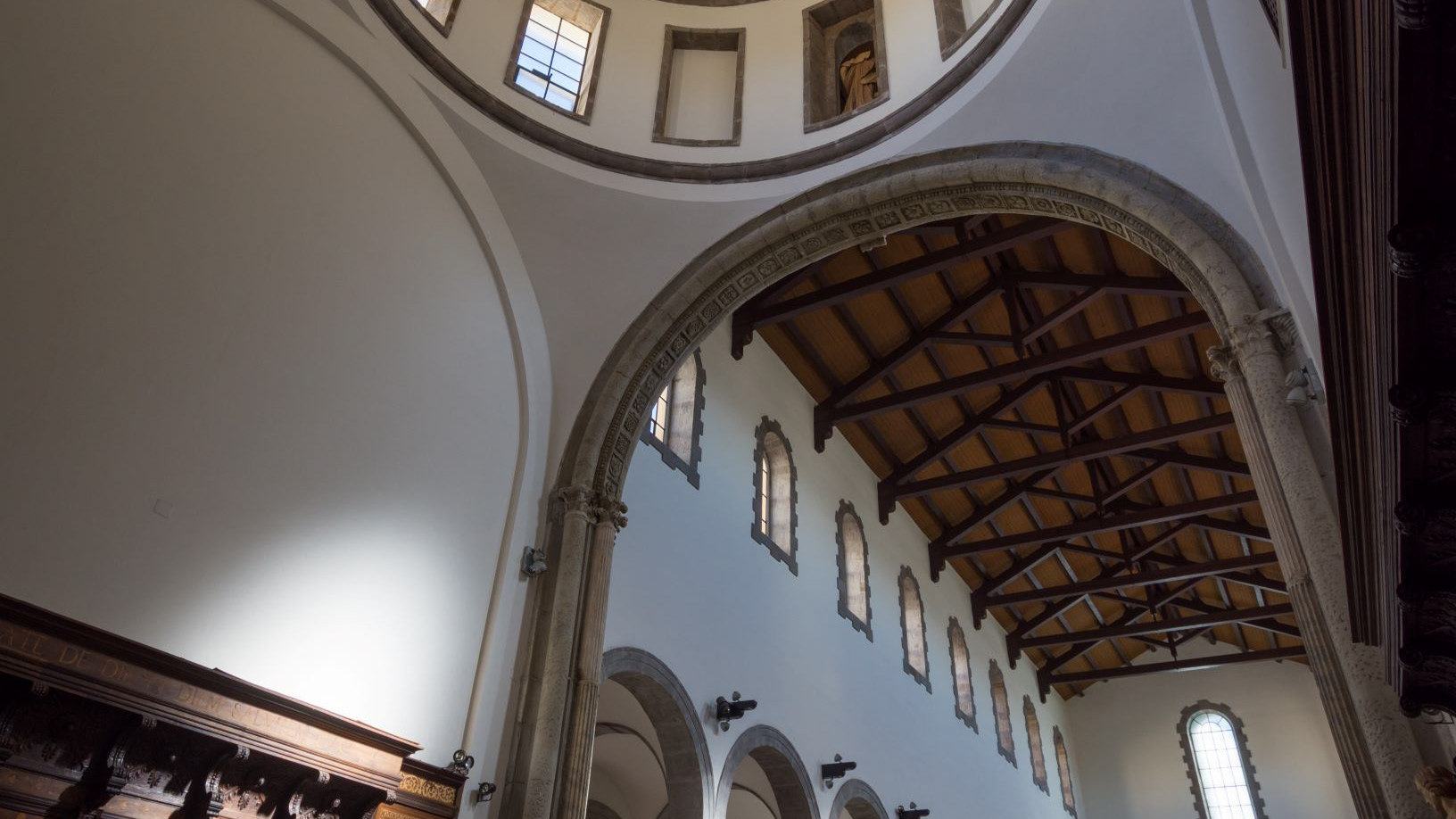
2020
Teano. The Cathedral. Apse
The cathedral, originally dedicated to San Terenziano, was later named after San Clemente. Construction began in 1050 by Bishop Guglielmo, to replace the old cathedral of San Paride ad Fontem, located outside the city walls. The works were completed in 1116 by Bishop Pandulfo. The building has a basilica structure divided into three naves by two rows of columns. In 1608 it was damaged internally by a fire that almost completely destroyed the cosmates ambo, subsequently recomposed using the remains of the previous one integrated with the marble slabs of a fourteenth-century sepulchral monument already present in the church and positioned on twisted columns, two of which rested on fountain lions. During the 16th century the Romanesque apse was modified and on that occasion a precious carved wooden choir was built in the presbytery, built in 1539 by the Benedictine Antonio Maria Sertorio. The choir underwent two restorations, the first in the 17th century and the second in 1957, following the damage suffered during the Second World War.
2022
Teano. Church of San Francesco.
Teano. Church of San Francesco. Built in the fourteenth century, in Gothic style, by the Conventual Minors it was extensively remodeled in the Baroque age.
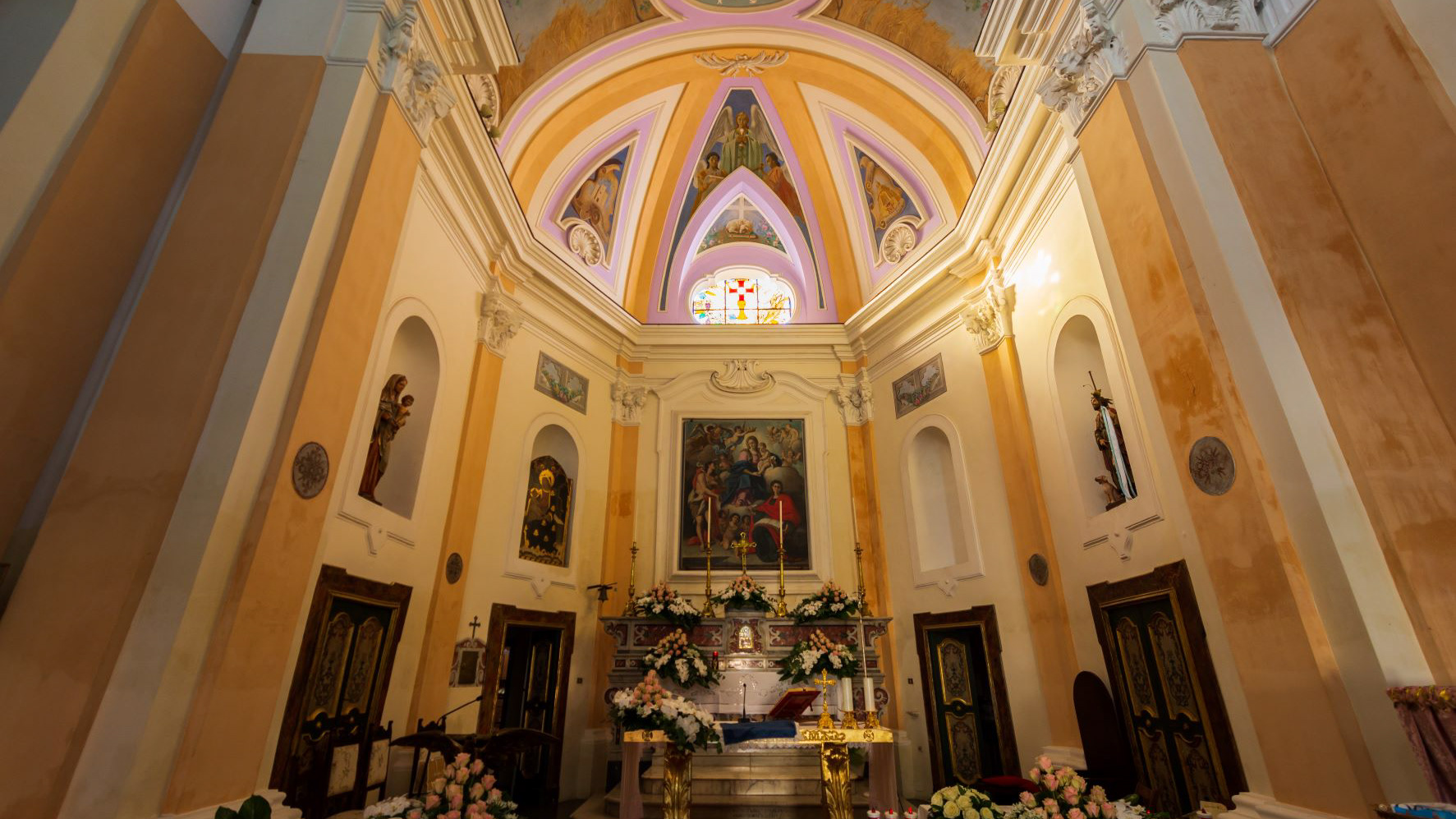
2021
Francolise, Santa Maria a Castello
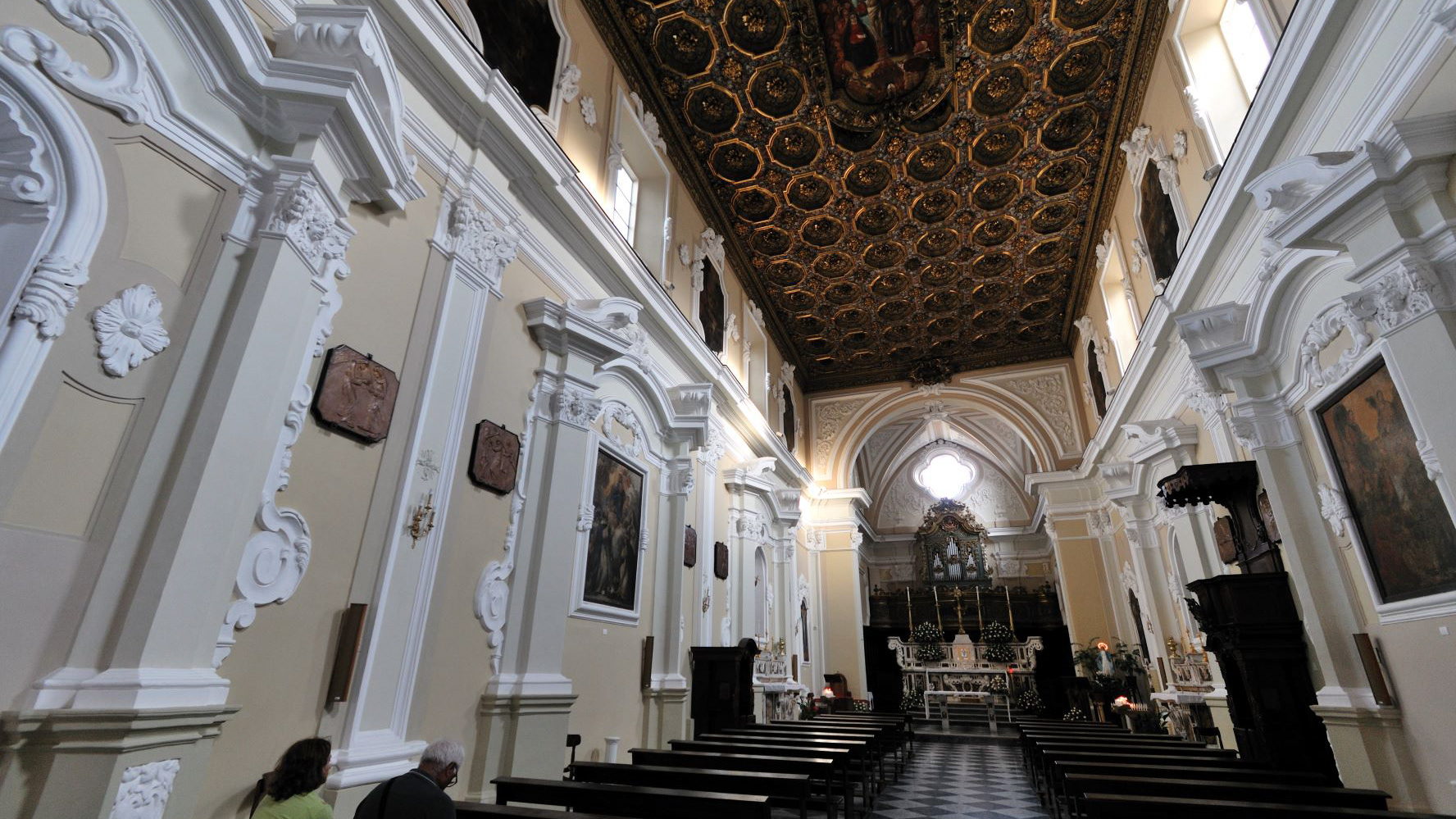
2021
Teano. Church of San Francesco.
Built in the fourteenth century, in Gothic style, by the Conventual Minors it was extensively remodeled in the Baroque age. The magnificent gilded wooden ceiling with one hundred finely carved coffers, with outlines decorated with wreaths of painted roses, for the splendor of the gilded mass wins the comparison with many other similar works. The panel in the center of the ceiling (St. Francis and the council), in which the popes Pius XII, John XXIII and Paul VI and the late bishop of Teano Mons. Sperandeo are depicted, is a modern work by Augusto De Rose. On the entrance door there is a large canvas of the Immaculate Conception by Girolamo Cenatiempo (first half of the 18th century).

2022
Caserta, the Royal Palace. The park.
The Royal Palace of Caserta is a royal residence, historically belonging to the Bourbons of the Two Sicilies, located in Caserta. Commissioned by Charles of Bourbon, the laying of the first stone, which started the construction work, took place on January 20, 1752, based on a project by Luigi Vanvitelli: this was followed by his son Carlo and other architects. The palace was completed in 1845.
